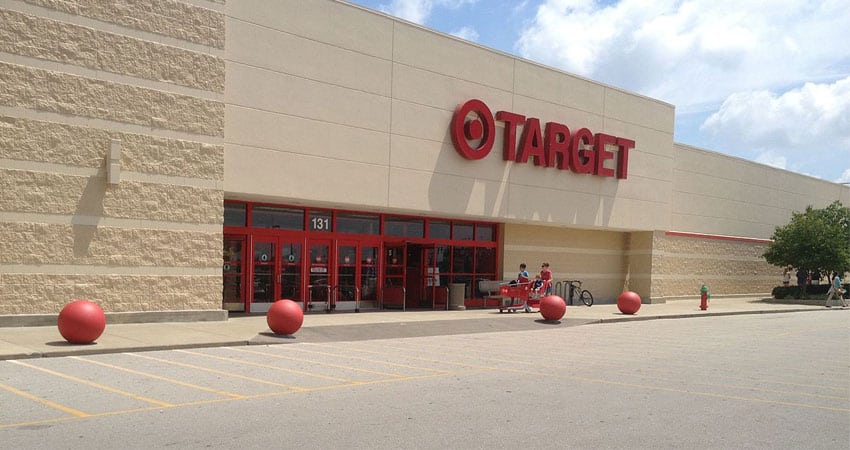Target has now expanded its Drive Up curbside pickup service to about 1,750 stores in all 50 states, a first in retail, two years after its launch as an insourced offering when a pilot failed with an outside provider.
The service has been growing like a weed: Earlier this month Target announced an expansion to 1,500 stores in time for the busy back-to-school shopping season.
While being spun as a huge convenience for its customers, curbside pickup is also a big supply chain win for Target and others including Walmart and a number of major grocery chains, as it amounts to major savings on local deliveries.
“We’ve heard the message loud and clear from our guests: They absolutely love the ease and convenience of Drive Up, whether they’re shopping for household essentials, road trip snacks or baby gear,” says Dawn Block, Target’s senior vice president of digital in a blog post.
The most recent states added to Drive Up services include Alaska, Hawaii, Washington, Oregon, Idaho, North Dakota, South Dakota, Montana and Wyoming.
Target says it has fulfilled nearly 5 million Drive Up orders to date in 2019 alone, more than double the number from all of 2018. Earlier this year, Target upgraded Drive Up’s technology, enabling associates to retrieve multiple orders for guests with a single scan.
The company first began testing Drive Up in its hometown of Minneapolis in July 2017, trying it out at first with its own store associates as test cases. A pilot with a company called Curbside was canned a year earlier when it apparently underwhelmed after a 22-month trial in five markets. Curbside was subsequently acquired in June 2018 by Japanese marketplace and logistics provider Rakuten.
In the never-ending ecommerce fulfillment convenience wars, Amazon continues to up its game, providing online order pickup at 1,500 Rite Aid stores by the end of the year, in addition to its thousands of lockers. Walmart for its part is offering in-home grocery delivery starting this fall in Kansas City, MO, Vero Beach, FL and Pittsburgh, PA.

